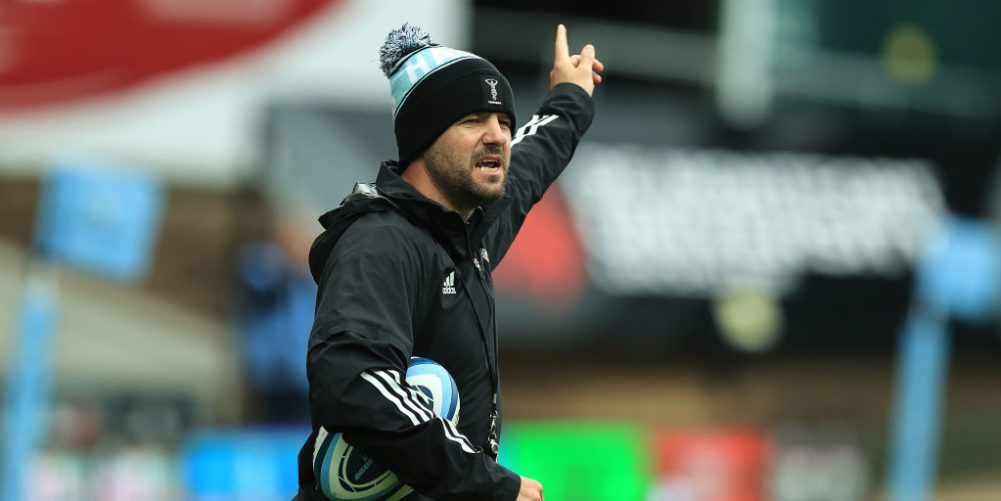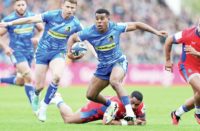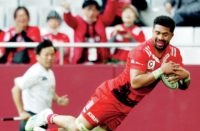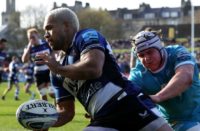JEREMY GUSCOTT
OUTSPOKEN AND UNMISSABLE… EVERY WEEK

Nick Evans is a good appointment as England attack coach, and good luck to him as we go into the Six Nations.
People on the outside have suggested that he and Steve Borthwick might be opposites, but Evans has pointed out already that they have common ground because both are very keen on their analytics.
Evans' appointment is refreshing because it brings a rugby union mind back into play in the England coaching group at a time when we've perhaps become too engrossed in rugby league coaching principles, particularly in defence. So, with a former All Black fly-half like Evans on board, we are getting back to the basis of rugby union attack, which is all about speed of ball, and moving at pace – and the best exponents of that are New Zealand.
Evans' rugby intelligence is in large part a legacy of his Kiwi background, and the knowledge and understanding that he gained during his formative years has been the foundation for the way he has both played and coached at Harlequins.
His attacking message to the England squad will be about simplicity, and will stress that, from quick phase ball, gaps open-up, and what is required is communication and accuracy to make the most of them. There may be a couple of set moves, but the main Evans message will be to keep it simple, rather than using smoke-and-mirrors jargon about “attacking shape” and complex phase patterns.
I'm not expecting fireworks, but hopefully we will see forwards producing quick ball and backs moving it to where the space is.
In New Zealand the inside-centre, or second five-eighth, is often a smaller but powerful player, like Aaron Mauger, Dan Carter, or Luke McAlister, who can run a hard, aggressive, uncompromising, direct line in their sleep. It's a Kiwi instinct. As an All Black flyhalf (and full-back) Evans played in midfields with those three, as well as alongside Tana Umaga, Conrad Smith, and Ma'a Nonu. So, his backline philosophy revolves around the concept of having a direct inside-centre constantly challenging the defence – which is something that does not come naturally to Owen Farrell, because he plays mainly at fly-half.
How much better have Harlequins been with Andre Esterhuizen at 12? The advantage of having a hard, straight physical runner like him is that they attract defenders and distract the defensive line, and if you get quick ball from the recycle, then you are quids in, and the space opens up. It goes against the Smith-Farrell or Ford-Farrell axis at 10-12 that Eddie Jones favoured – and that Borthwick might want to revisit – which means Evans and England have got to find players who can run that Esterhuizen line.
At the moment it is possible that Manu Tuilagi, Ollie Lawrence, Guy Porter, or Dan Kelly could all do it, but it is not just about running a line, it is about being direct and physical enough to get over the advantage line consistently and deliver quick ball.
Having an attacking threat at inside-centre is important to the whole function of the backline, and every New Zealand centre that Evans played with was capable of running a hard, aggressive line. In England we don't have enough centres who offer that type of threat, and we need to find some quickly.
Rugby know-how is ingrained in New Zealand players, and the Irish have been very receptive and learned from the Kiwis so quickly that they are also now very savvy. They understand the basic principle that an attack will be toothless without quick ball, and so does Evans. He will want England to make big improvements in their technique in contact, and at the breakdown, with forwards who are dynamic, rather than just looking to hit the deck and seal-off the ball.
If Farrell is picked to play at flyhalf at the start of the Six Nations it will be a question of how he and Evans get on, and whether they align quickly. I hope that Evans presses the simplicity button because it is something that Farrell understands. The Saracens approach since Brendan Venter set the template employs simple principles, and then Brad Barritt took it on, so Farrell knows the territory. It was also the direction that Stuart Lancaster was taking with England before he ran out of time. However, Eddie Jones threw a grenade in there, so Evans has to pick up the pieces and put them together again.
The England way that Evans develops will not be identical to the Saracens way, and Farrell and he will have to get on the same page, otherwise one of them will go. I have said previously that I would not continue with Farrell as captain because, influential as he is, you have to make a change at the start of a new regime. A new direction comes with new voices, and I would pick Maro Itoje as captain.
The England backline that I would select for the start of the Six Nations has a 9-10 combination of Jack van Poortvliet and Farrell, with a midfield pairing of Tuilagi at inside-centre and Henry Slade at outside-centre. I would have Anthony Watson and Joe Cokanasiga on the wings, while Freddie Steward picks himself at full-back.
The rule with international players is that you pick them until they stop performing, and Tuilagi and Cokanasiga have to make a big impact in this Six Nations if they want to be involved in the World Cup.
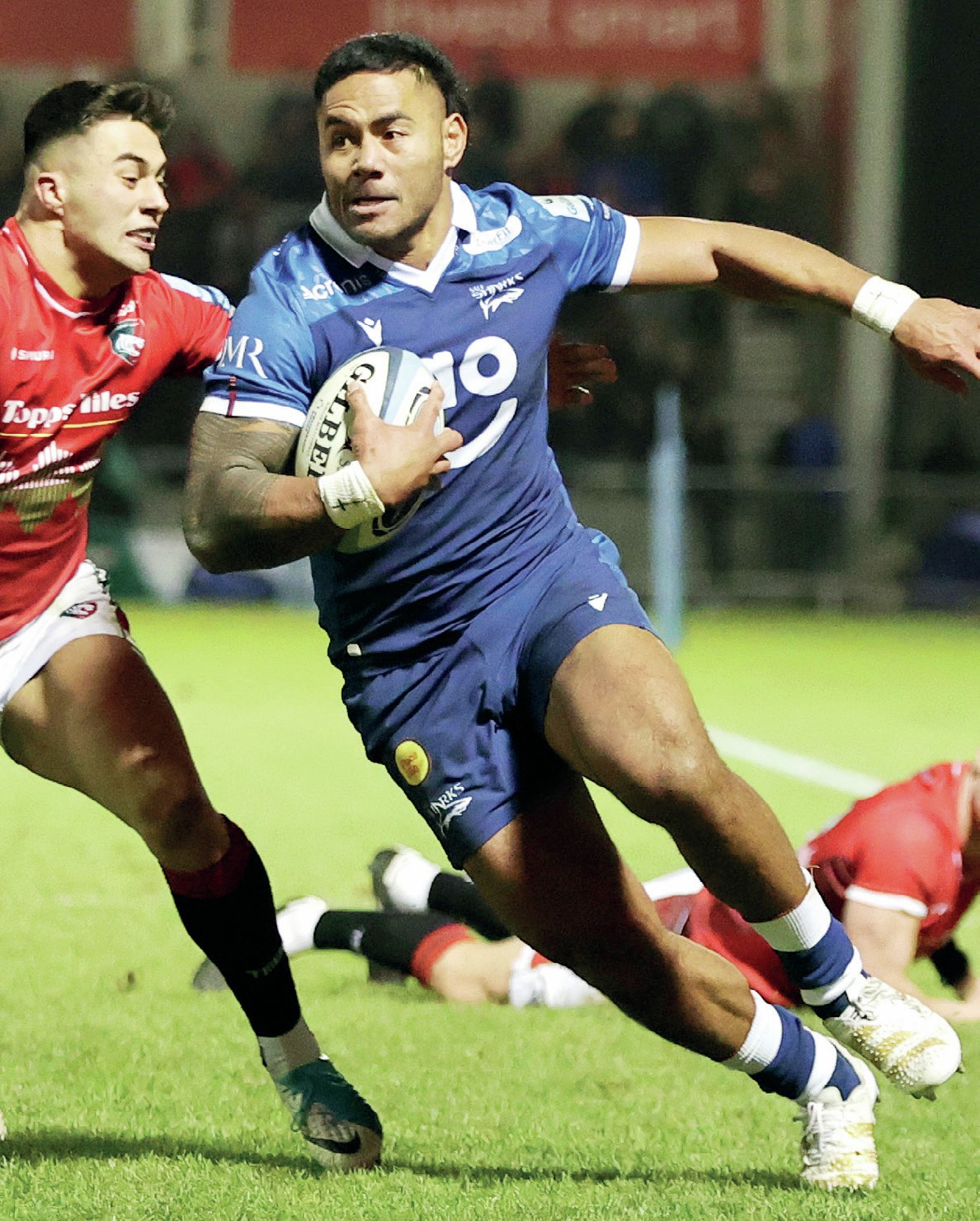
Tuilagi has been well looked after by Sale, but by his high standards he was not making the impact he would like during the Autumn. He has to go out and show how much he wants that England shirt – and that means getting his hands on the ball at every opportunity so that he can influence matches.
I would give Cokanasiga another run to truly find out if he has the burning desire required at this level. He could be one of those ‘Super players', and if you have a buzzing Cokanasiga alongside Tuilagi you have an aggressive, intimidating duo whose physical prowess can cause havoc with defences and deliver quick ball.
England want to find out quickly whether they can rise to the challenge, because time is running out – and the best way is to give Tuilagi and Cokanasiga the opportunity to run with the ball.

